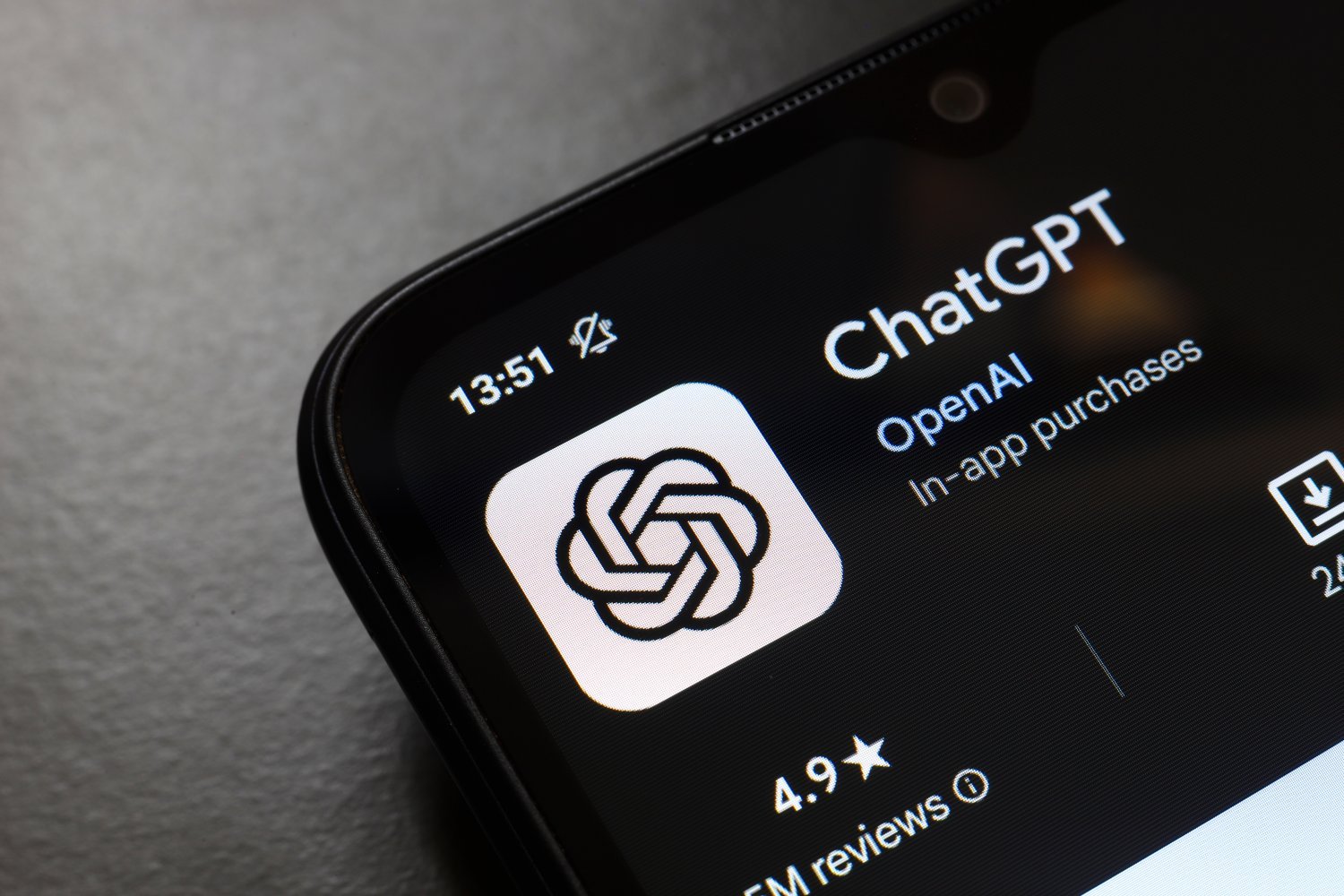Given the frequent headlines about artificial intelligence’s shortcomings, one might expect the media industry to tread carefully with AI adoption. However, The Washington Post is taking a different path, planning to use AI to guide new writers for its opinion section in a bid to expand its contributor base and boost readership.
AI Coach “Ember” to Mentor Emerging Voices
Since April, The Post has been developing an initiative called “Ripple,” aimed at bringing fresh perspectives to its pages. This program, as confirmed to The New York Times, will involve publishing established Substack writers and nonprofessionals. This approach is reminiscent of past contributor models, such as those used with varying success by The Huffington Post and Forbes.
The key differentiator for The Post’s venture is “Ember,” an AI coach, which will oversee the writing process instead of human editors providing initial guidance. According to The Times, current Ember prototypes feature a “story strength” tracker and a sidebar outlining essential components like “early thesis,” “supporting points,” and “memorable ending.” It also includes a live assistant to offer writing prompts and assist in shaping content. While each article published under this program will be outside The Post’s standard paywall, it will reportedly undergo human review before publication. Ember is slated for testing this fall.
Echoes of Past AI Missteps in Journalism
This move by The Washington Post into AI-guided content creation isn’t without precedent, and past examples raise concerns. Just two years ago, CNET faced criticism for publishing AI-assisted articles with minimal disclosure. Although CNET’s editor-in-chief, Connie Guglielmo, later asserted that every story was “reviewed, fact-checked and edited by an editor with topical expertise,” an investigation by Futurism revealed that one such article highlighted by Guglielmo was plagued with errors. This history underscores the potential pitfalls of relying on AI for content generation, even with human oversight.
A Risky Bet Amidst Internal Challenges
The Washington Post’s decision to experiment with AI-guided writers comes at a time when the publication has been navigating significant financial and editorial turbulence. Last year, the newspaper introduced a new subscription model to counter a $77 million loss. However, strategic shifts can be undermined by internal discord. In January, The Post laid off approximately 4 percent of its staff to cut costs. A month later, owner Jeff Bezos’ controversial changes to the opinion section, which led to the resignation of opinion editor David Shipley, reportedly resulted in the loss of over 75,000 digital subscribers. These ongoing struggles form a challenging backdrop for such an AI-driven initiative.
The Broader Debate on AI in Newsrooms
Artificial intelligence does offer potential benefits for journalism. The New York Times, for instance, utilizes AI for tasks like sifting through large datasets and recommending articles to readers. However, the role envisioned for Ember at The Post appears far more integral to the content creation process itself. This is happening even as journalists at prominent outlets, including The Atlantic and Politico, are actively voicing concerns and pushing back against the encroachment of AI in their field. The Post’s plan thus seems to swim against a tide of caution within the industry.
The Washington Post’s foray into AI-guided opinion writing is a bold, if not precarious, move. As the media landscape continues its rapid evolution, the true impact of initiatives like Ripple and AI coaches like Ember on journalistic quality and credibility remains a critical question, especially when weighed against past stumbles and current industry-wide apprehension.











